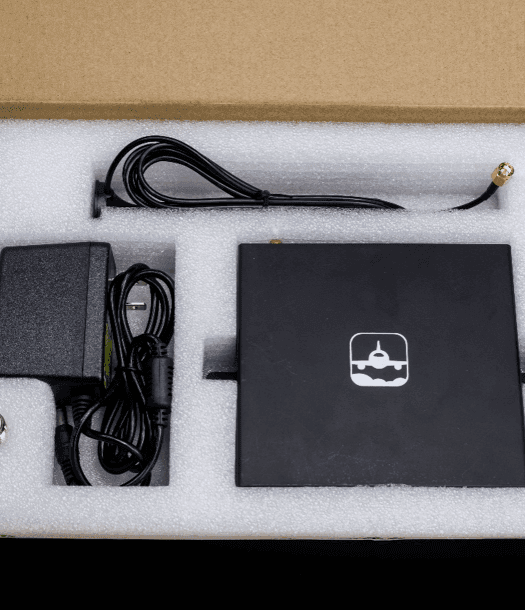Empowering Route Optimization with Flight Tracking API:A New Era of Smart Aviation
Da
Flight tracking APIs are transforming modern aviation by enabling real-time route optimization, fuel efficiency, and smarter operations. This article looks at how real-time flight data helps airlines and partners fly safer and more efficiently.
Background: Smarter Routes for a Busier Sky
As global air traffic reaches record highs, airlines are under pressure. They must deal with crowded skies, unpredictable weather, and rising fuel prices. To stay competitive, airlines now focus on optimizing flight routes and using smarter dispatch systems.

Real-time flight tracking and data APIs are becoming essential tools. They help improve safety, reduce delays, and cut costs. Aviation authorities like IATA and national regulators are pushing for better tracking standards. Airlines are responding by going digital and upgrading how they operate.
What is a Flight Tracking API?
A Flight Tracking API provides real-time access to live aircraft locations, flight activity, and past flight paths worldwide. It plays a key role in helping airlines, airports, and aviation-related businesses run more efficiently, transparently, and safely.

How It Works
Modern aircraft regularly share their location, speed, and flight status through GPS signals using ADS-B technology. VariFlight tracks planes all over the world. It uses satellite signals, radar, and other data to cover even remote areas like oceans, deserts, and the polar regions.

Key Features
Real-time tracking of aircraft location and flight status
Historical records for route analysis, compliance checks, and research
Event monitoring, such as takeoffs, landings, diversions, and delays
Smart alerts for abnormal behavior or airspace violations
Geo-fencing and regional tracking for fleets or specific routes
These features are accessible via stable, easy-to-integrate APIs, supporting both high-frequency requests and asynchronous data pushes. Developers and system integrators can customize alerts, reports, and interfaces based on business needs.
Industry Use Cases
Flight Tracking APIs are widely used across the aviation value chain:
Airlines for operations, route optimization, and delay management
Lessors and asset managers for aircraft monitoring and valuation
Insurers for risk assessment
Regulators for safety and compliance auditing
Logistics, drones, and emergency services for flight situational awareness
How Flight Tracking APIs Improve Routes: Real Use Cases
a) Real-Time Monitoring and Route Adjustments
Airlines use flight tracking to monitor every flight live. When flights face weather problems or traffic in the sky, the system suggests faster or safer routes. Satellite-based tracking helps especially in remote areas like oceans or mountains, where radar can’t reach.
b) Case Study: Better Fleet Use with ADS-B
A global aircraft leasing company used VariFlight’s API to track all its planes. It saw how fuel use and performance changed in different regions. With this data, it gave airlines smart route suggestions, improved plane usage, and made more informed leasing decisions.

c) AI + Big Data = Smarter Flying
AI and big data take tracking further. They detect problems like unexpected fuel use or off-course flights automatically. AI also gives route change advice and helps monitor drones or autonomous flights. All this makes aviation more efficient and safer.
Business Value: Why It Matters
Keeps flights on time and saves fuel
Cuts maintenance and insurance costs
Helps manage aircraft better
Supports better service for passengers and partners
Used daily by hundreds of airlines, leasing firms, and finance partners
Tech Trends & Data Compliance
VariFlight’s system covers nearly all major skies. It’s always improving with new data sources for better accuracy. It also meets international rules (GDPR, FAA, ICAO, EASA) to keep flight data safe and legal.
Final Thoughts: Powering the Future of Aviation. Flight tracking APIs are now a must-have for any modern airline. They power real-time flight updates, smarter route choices, and better asset management. With AI, the future of aviation is faster, safer, and more efficient.
Want to try it out? Get a free 14-day trial of the VariFlight Flight Tracking API. Need custom features? Contact our team for a demo and consultation.
